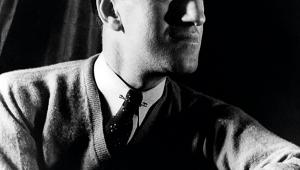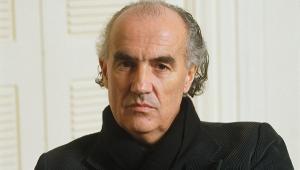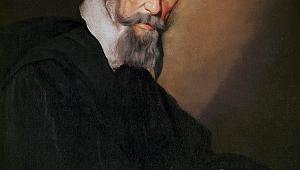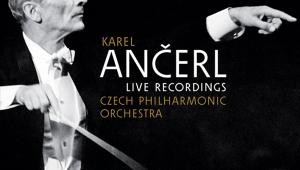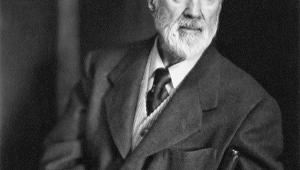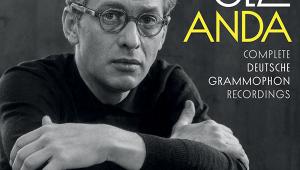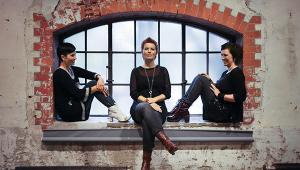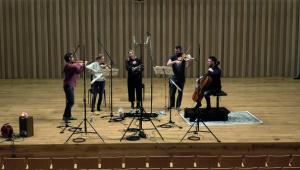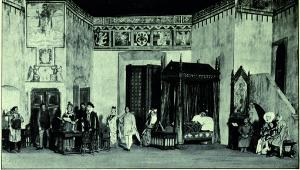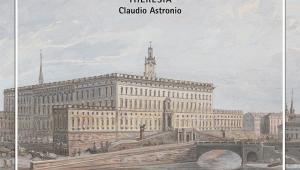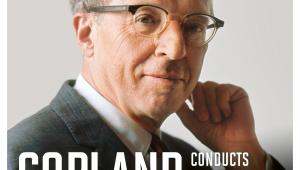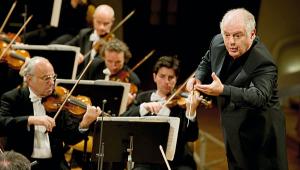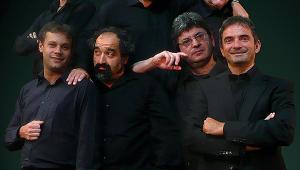L'homme armé: From Josquin to Jenkins

It was the 19th century and the Romantic age that elevated originality above all to an artistic goal and an aesthetic standard. Back in an age when composers were treated as musical craftsmen, and wrote accordingly, turning over the tables in the temple of art would have been a baffling ideal.
As a composer in the 15th century – and therefore quite probably in service to either the church or a ruling court, as a priest, an administrator or diplomat – you studied the work of your predecessors, and you sought to emulate the best of them. It was a process not of copying but of refining, making the past into the present, making the work of your teachers your own.
Critical Mass
No group of works exemplifies this sense of heritage better than the series of polyphonic Masses that were written over the course of around three generations by all the great composers of the era, from around 1450, and based on a theme known as L'homme armé – the Armed Man. Who was The Armed Man? Plausible candidates have ranged from kings such as Philip the Good and Charles the Bold to saints such as St George, St Michael the Archangel, and even Christ himself.
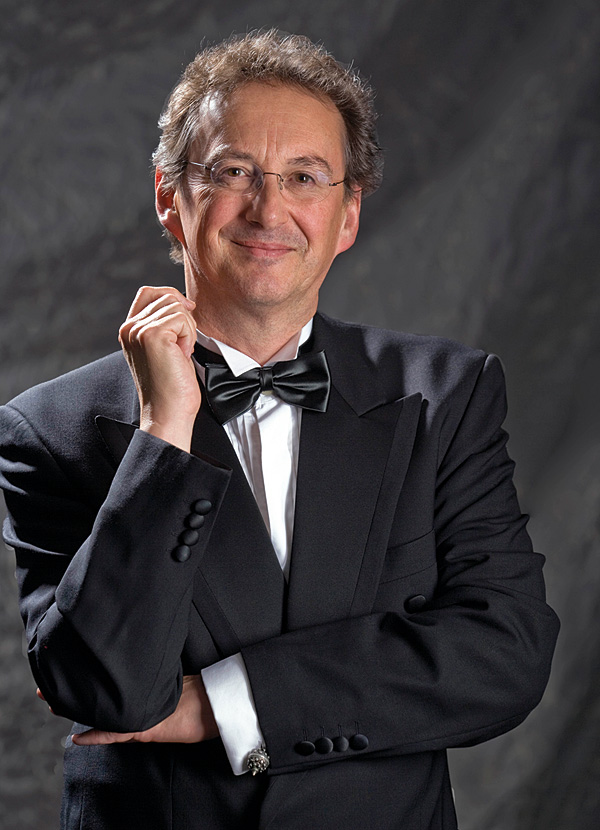
Even more critical ink has been spilt over who came first, and by extension, who influenced whom, in writing these Masses. The tune's clearly segmented melodic and formal divisions make it inherently suitable for supporting a polyphonic mass. The text of the song, sinister as it may now seem to us, is probably less important: 'The armed man should be feared/Everywhere it has been proclaimed/That each man shall arm himself/With a coat of iron mail/The armed man should be feared'.
The northern-French composer Antoine Busnois seems as likely as any the author of the first L'homme armé Mass, not least because the way that the tune of the song winds its way through the tenor line of the Mass text like a red thread makes it a model worth emulating. In other respects, Busnois goes his own way. In the Credo he spins out extended phrases that combine duple and triple metres, at times leaving listeners metrically adrift. Is the music in two, or three? A question we're more used to asking of Brahms and Stravinsky, not 16th-century composers. Ultimately, triple wins out: the free voices move into ribbons of triplets, joining the tenor for a dazzling final flourish.
High Watermark
A few years later, the Dutch composer (and theorist, and lawyer and diplomat) Johannes Tinctoris follows suit in the Credo of his own L'homme armé Mass, while 'correcting' what he regarded as Busnois's eccentricities. In a culture of borrowing and compositional one-up-manship, L'homme armé becomes a crucible of invention. Composers were driven to produce the best of themselves in writing a Mass based on the song, much as composers after Haydn regarded the string quartet as being the pinnacle of their craft.
In this regard, the two L'homme armé Masses by Josquin Desprez represent the high watermark of the tradition. Shining and austere, with the gentle radiance of a shaft of sunlight beaming through a window, Josquin's polyphony never sounds crafted so much as observed from nature, like Vermeer, or later Sibelius. With the 1960s revival of interest in 'early' music came a flurry of modern settings, which range in style from the parodistic Missa super L'homme armé by Peter Maxwell Davies (starring Vanessa Redgrave as an iconoclastic 'priest') to the eclectic bromides of Karl Jenkins' The Armed Man: A Mass for Peace.
Palestrina came to the theme some generations after it had fallen out of fashion, and proceeded to show that he, too could spin two different cloths of gold from the same thread, like Josquin – and for that matter Cristobal de Morales, whose pair of L'homme armé Masses appeared in 1544, during Palestrina's student years. All three composers are linked by their richly elaborated, six-part treatment of the Agnus dei as a fitting climax to the Mass. In this way the tune and its development gradually spread across Europe, and eventually into the Iberian peninsula, where it gained a Spanish accent in the gentler, more lyrical setting by Francisco Guerrero.
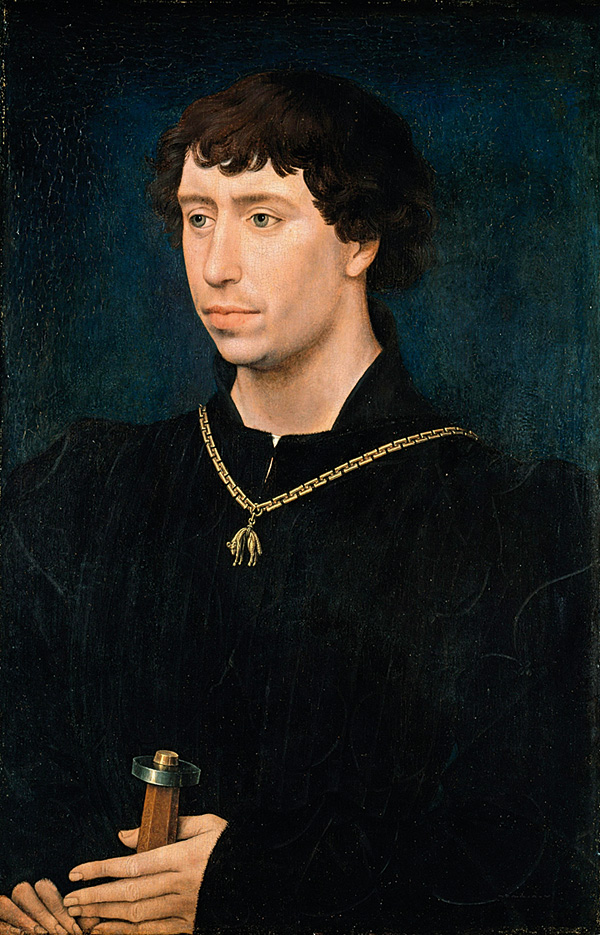
This music does not perform itself – you can't just wind up an ensemble of singers and let them go. It would be nice to report that the convenient coupling of L'homme armé Masses by Obrecht and Ockeghem on Querstand was recommendable, but the Choir of St Thomas's Leipzig are simply too far outside the tradition. A more modern recording of the Ockeghem on Arion is hopelessly wobbly. At the other extreme, the Signum album of the Morales by Chapelle du Roi is understated and polished to a fault.
Conceived as it was for the space of St Peter's Basilica, Palestrina's music can take the rich vibrato and generous acoustic setting of Pro Cantione Antiqua, who recorded much of this repertoire for the first time in the 1970s and '80s. All the same, my preference in this repertoire – and it may not be yours – is for a vocal consort such as Beauty Farm, Cut Circle and The Sound and The Fury. The last-named of these is based in Austria, led by the spectacularly assured and piercingly beautiful countertenor of David Erler, and the author of no fewer than four albums based around L'homme armé Masses by different composers.
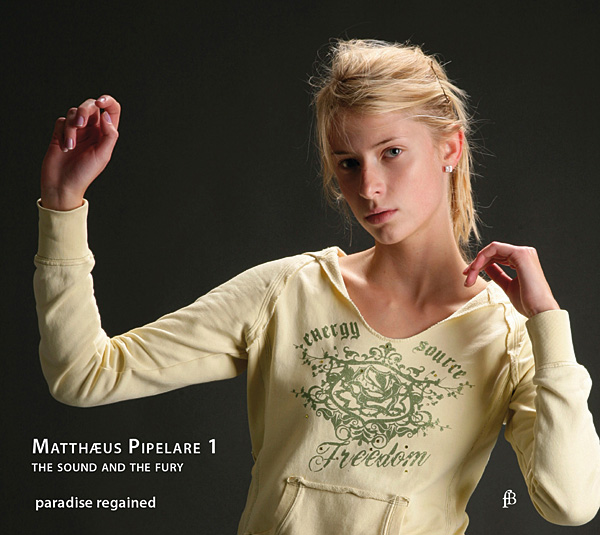
Free Flow
If you can look past the studied whimsy of their album covers (on the polyphony-specialist Fra Bernardo label), all of them could be counted 'essential listening', not least because hearing the same voices illuminates the distinct treatment of the song by each composer. Newest among such consorts is the British group Fount & Origin, who include the Kyrie from one of the first L'homme armé Masses, by Johannes Regis, on their debut album (Inventa).
All these ensembles use one or two voices per part, they are immersed in the repertoire, and they phrase not according to a tempo set from the outset but according to a more flexible pulse which responds to the ebb and flow of the harmonic tension. The bass John Potter, once of the Hilliard Ensemble, now Sound and Fury, points out that in fact once you have singers who know each other and the repertoire as second nature, as the court and chapel singers likely did in 15th century Bruges and Rome and Seville, then in fact you can 'let them go' – the music becomes second nature.
Essential Recordings
Busnois – Cantica Symphonia/Maletto
Glossa GCDP31906
A funkily textured jam of different Mass settings, smoothly sung and played in intabulation, for the initiate into polyphony.
Josquin – Tallis Scholars/Phillips
Gimell CDGIM019
The six-voice Agnus of the 'Super Voces Musicales' is a high point of polyphony on record: immaculate sound and phrasing.
Dufay – Hilliard Ensemble/Hillier
EMI/Warner 9029652686
A groundbreaking ensemble, using single voices in the modern style, conversationally woven yet compellingly direct.
Ockeghem – Beauty Farm
Fra Bernardo FB1701743
Unpredictable, even zany harmonies; fine-grained, all-male solo voices; the receding acoustic of an Austrian abbey.
Caron – The Sound and The Fury
Fra Bernardo FB1207302
One of the earliest, least known yet most finely woven settings, by the northern-French composer Firminus Caron.
De Orto, Josquin – Cut Circle
Musique en Wallonie MEW126566 (2CDs)
A stimulating pairing of Josquin with his lesser-known Dutch associate Marbrianus de Orto from the leading US polyphony group.

